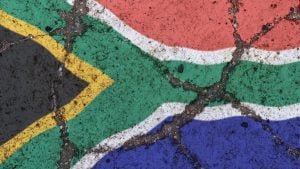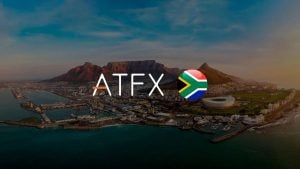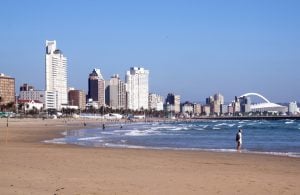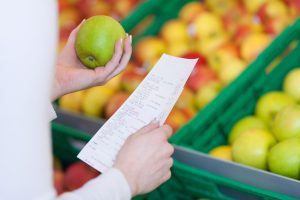Recession warning for South Africa in 2023
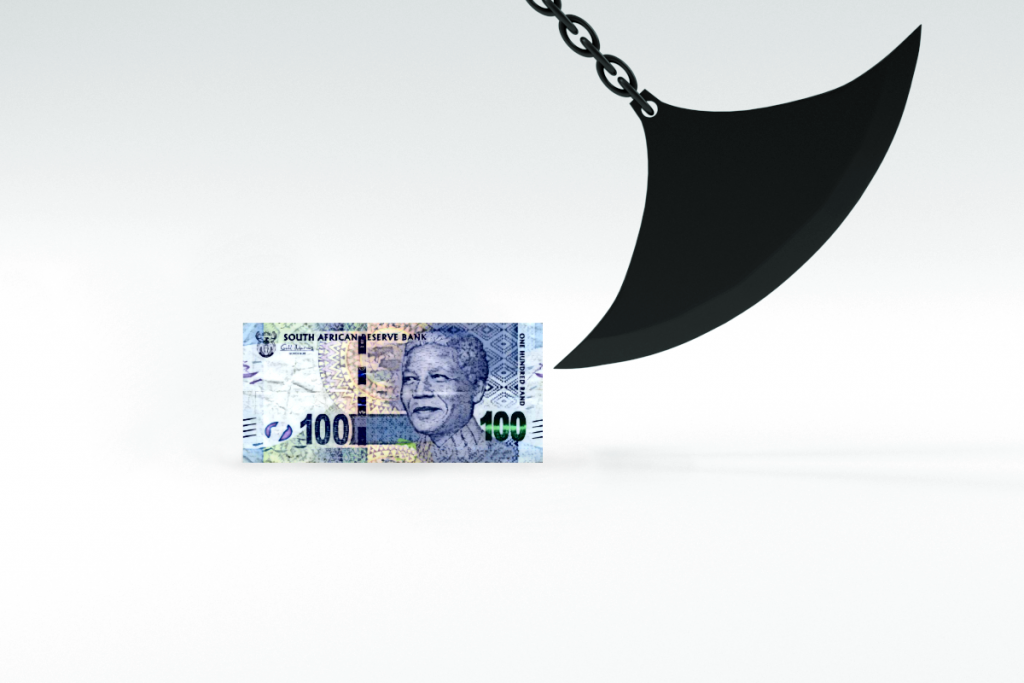
FirstRand says the South African GDP will likely see a 0.1% retraction in 2023.
In a voluntary trading update for the six months ended 30 June 2023, the group said that global economic activity has started to slow due to higher levels of inflation, leading to a steep increase in the interest rate hiking cycle.
It added that the South African macroeconomic environment for the first six months of 2023 is far worse than it initially expected, with load shedding, sticky inflation and higher-than-expected interest rates all taking their toll.
Due to these factors, the group’s GDP growth forecast for the 2023 calendar year is a contraction of 0.1%.
“Markets continue to react negatively to the government’s stance on the Russia/Ukraine conflict, which has added to SA’s country risk premium. Bond yields have increased, and the rand remains vulnerable,” FirstRand said.
Moreover, despite Consumer Price Inflation dropping from 6.8% in April to 6.3% in May, the group said that there remains a strong likelihood that rates will be hiked again – counter to what other economists are predicting.
FirstRand is the first major local institution to bite the bullet and predict a contraction in South Africa’s GDP in 2023.
Although growth prospects are low, other banks and financial institutions still expect minor economic growth.
Nedbank Group Economic Unit has predicted 0.2% GDP growth for 2023, a decline from the 0.7% that it predicted in February. The group factored in the country’s slow progress in tackling corruption and the potential fallout with the West over the ANC’s alleged ties with Russia.
The South African Reserve Bank also predicts a measly 0.3% growth in GDP.
“Energy and logistical constraints remain binding on South Africa’s growth outlook, limiting economic activity and increasing costs. We estimate load shedding alone to deduct two percentage points from growth this year,” said SARB governor Lesetja Kganyago.
Financials
Despite the worsening macro environment, FirstRand said that its financial performance in the second half of the financial performance should remain unchanged from the group’s 6-month interim results in March 2023.
“The operational run rate of the business should deliver underlying earnings growth in the second half similar to that produced in the first half”.
It said that its return on equity is expected to remain at the upper end of the stated range of 18% to 22%.
“The group believes that this is a highly commendable performance and is due to the resilience of its customer-facing businesses, ongoing positive momentum in its deposit gathering activities and the group’s disciplined allocation of financial resources, in particular, its targeted origination strategy adopted during 2021 and early 2022.”
Despite the group saying that its cost of risk has trended upwards in the second half of the financial year, it still predicts its credit loss ratio for the year to remain below its stated through-the-cycle range due to its targeted origination approach.
“This is despite the level of deterioration in the SA macros, which has resulted in more strain in the domestic retail books than was previously forecast. Provisioning and coverage levels remain appropriately struck,” the group said.
Amidst the dire economic environment, other South African banks, including Capitec, African Bank and Standard Bank, have all seen their credit loss ratios skyrocket over the last year.
Read: Old Mutual goes all-in on Amazon as it looks to launch new bank in South Africa
